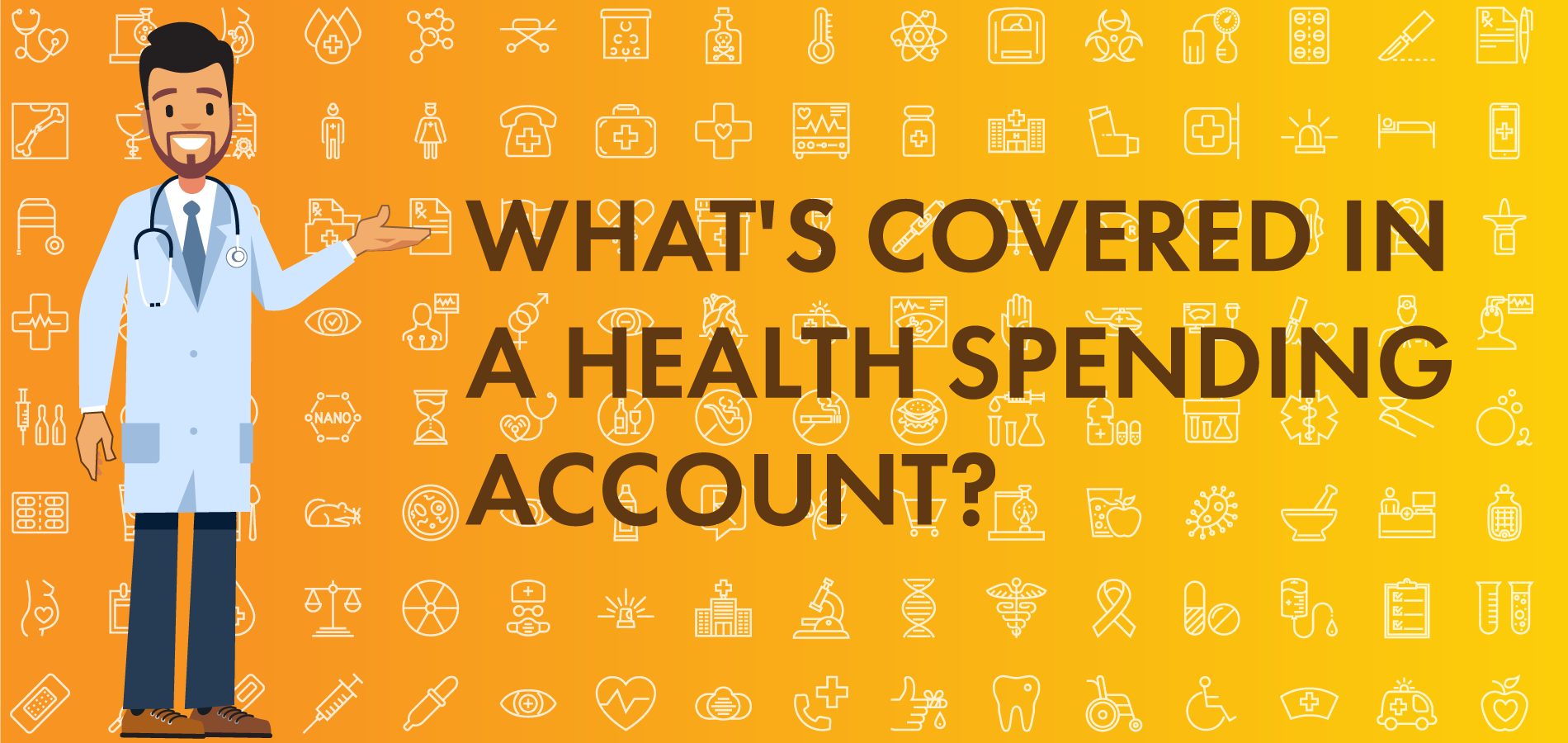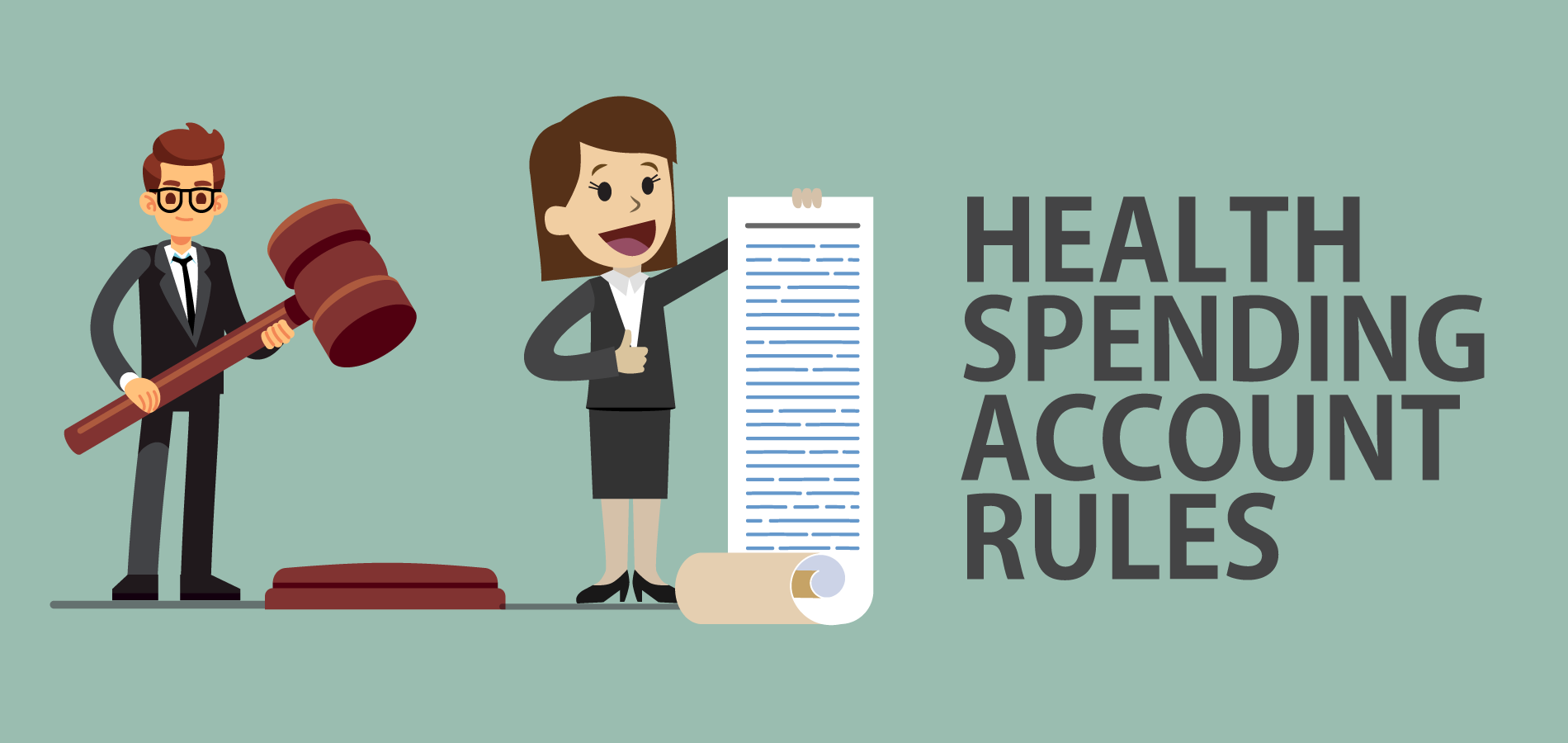Financial statements may not immediately drum up feelings of elation—but at Bench, we think numbers can bring joy.
We put this guide together to help you understand your financial statements and put them to work for your business. We’ll walk you through the difference between income statements and balance sheets, and show you how they work together.
Understanding these statements will help you accurately assess how profitable you are, see where you can adjust spending, and help your business grow. Where there’s growth, there’s usually cause for celebration. See? Numbers can be fun.
Income statements: help you understand your profitability
Your income statement shows you how your revenues and expenses contribute to profitability across a period of time. Most often, income statements are prepared monthly, quarterly, and annually. You can calculate them over any time period if the need arises.
Preparing an income statement is fairly straightforward—three steps to be exact. Here’s how to get started:
Step 1: Collect every journal entry made over the time period in question.
Step 2: Total all the categories of expense and categories of revenues.
Step 3: Calculate the profit by subtracting expenses from revenues.
Let’s look at a fictitious example to really break it down. We’ll use a typical restaurant as an example. First, we will organize all of the sources of revenue from the three types of services a restaurant might provide: Cafe, Bar, and Delivery.
The first part of the income statement would look like this:
Revenue from Cafe: $10M
Revenue from Bar: $5M
Revenue from Delivery: $2M
Total revenues: $17M
Then we'll calculate the total expenses they incurred to generate revenue. To do that, all of the expense categories, including those that are indirectly related to the food and labor costs, are added up:
Food and labor expenses for Cafe: $6M
Food and labor expenses for Bar: $1M
Food and labor expenses for Delivery: $1M
Other expenses: $3M
Total expenses: $11M
With revenues and expenses accounted for, the next step is calculating the profit by subtracting expenses ($11M) from revenues ($17M):
Total profit: $6M
In this example, the income statement shows that the restaurant earned $6 million dollars for the year. The income statement also shows the impact of certain costs to the bottom line.
The next financial statement, the balance sheet, helps us get a full picture of what the retained earnings mean to the overall value of the company.
Balance sheets: show your assets and liabilities
By knowing what a company owns (assets), what it owes (liabilities) and what is left over for the company owners after paying off any financial obligations (owner’s equity), we can understand what the company is worth at a particular moment in time.
The balance sheet helps to clearly identify these numbers—which are especially important for people with a vested interest in the business, like creditors, investors, and owners.
Calculating a balance sheet is similar to calculating an income statement, with two notable differences. First, instead of the revenue and expense categories, the categories to be totaled are called assets, liabilities, and equity categories. Second, instead of only counting journal entries from a defined time period, the balance sheet takes into account every journal entry the company has ever made since it was founded.
Let’s continue with the example from the restaurant. Their asset categories are totaled as:
Bank account: $8M
Accounts receivable: $2M
Kitchen equipment: $2M
Total assets: $12M
Next, their liabilities and equity categories are totaled as:
Accounts payable: $1M
Long-term debt: $1M
Total liabilities: $2M
Share capital: $3M
Retained earnings: $3M (the sum of all revenue and expense ledgers of the company for all time)
Total equity: $10M
We can find a lot out by looking at both the income statement and balance sheet. For example, the restaurant had a profitable year (from the income statement) and their assets outweigh their liabilities (from the balance sheet) which puts them in a strong financial position.
The bottom line
When you need a full picture of your company’s profitability, put these two financial reports to use. These statements give you insight into how each part of your business is performing, so you can get a granular and high-level look. Your income statements and balance sheets can also illuminate opportunities to reduce cost and increase profit. Dive into the numbers, get curious, and adapt the way your business operates when something isn’t right.
These statements hinge on the quality of the information that goes in them, which is why keeping up with your bookkeeping and maintaining organized financial records is so important. The more accurate your financial statements, the better decisions you'll be able to make for the health of your business.
Bench is an online bookkeeping service that pairs you with a dedicated bookkeeping team and elegant software to do your books for you.

Related Reading:
What are some Self Employed Tax Deductions in Canada?
How does the Medical Expense Tax Credit work in Canada?
How does a Health Spending Account work for small business in Canada?
The Ultimate List of Free Resources for a small business






